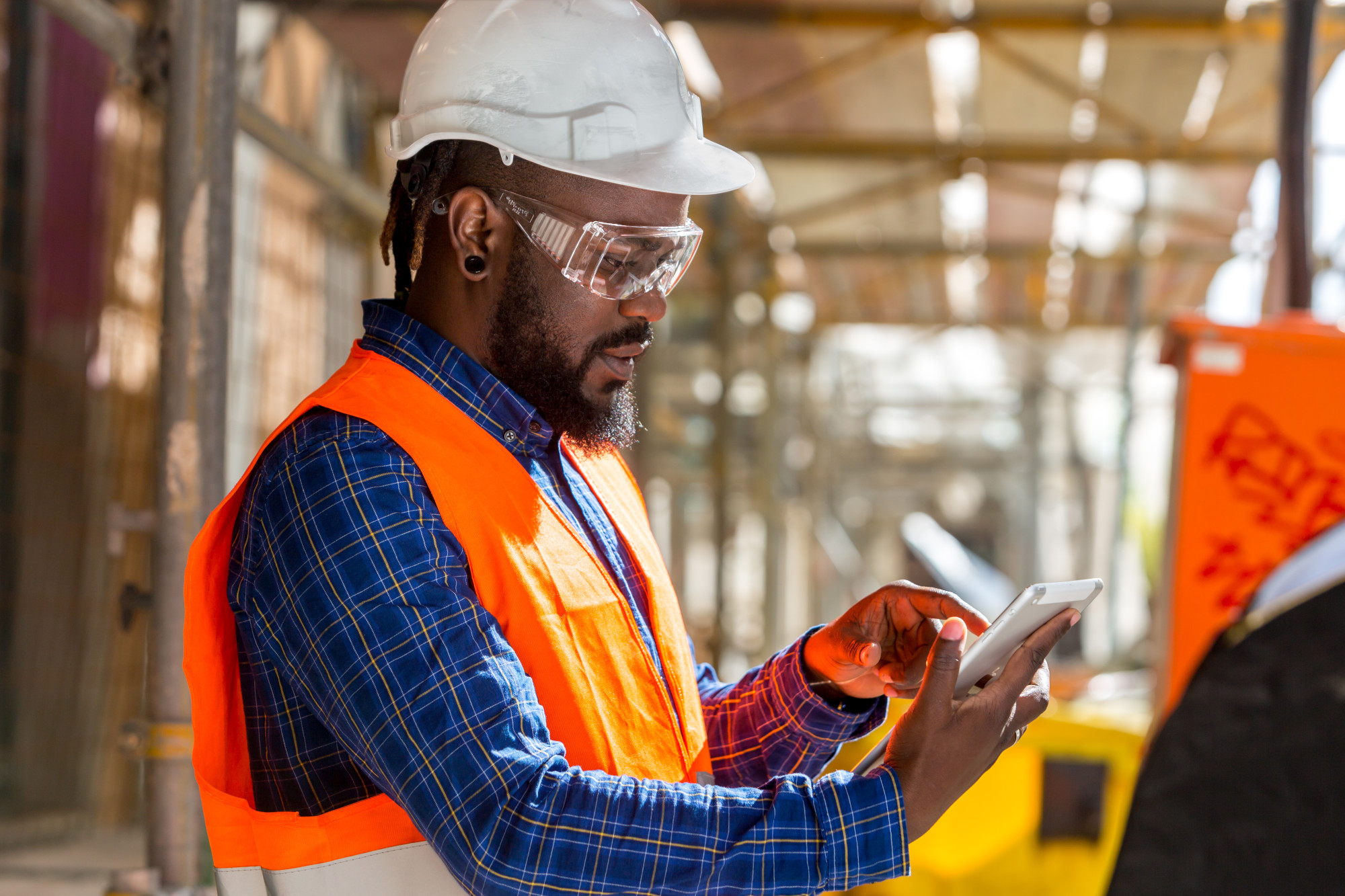Reducing Embodied Carbon in Construction: From Insight to Impact

Our built world is a leading contributor to global carbon emissions, generating 39% of human-made CO2, according to Architecture 2030. Of that, 28% currently comes from building operations, while 11% comes from building materials and the construction process. In fact, experts estimate that production and use of concrete, iron, and steel for construction account for 9% of global carbon emissions alone.
We’re already making great strides in reducing operational emissions by choosing renewable energy sources and making buildings that are more efficient to heat and cool, among other strategies.
We’ve been slower to bring down emissions from that second category, though—what’s known as embodied carbon (EC). And that’s in part because calculating embodied carbon of a building can be complex. You have to break down each individual material and look at how it was extracted, manufactured, transported, applied, and disposed of.
As Aman Singhvi pointed out at AU 2019, a high-performance glazing product manufactured in the US might use glass from India, aluminum from China, a coating produced in Germany, and argon gas from Slovenia. To understand the embodied carbon impact of that product, you’d have to factor in all those supply streams. And two products that appear functionally similar might have very different EC footprints.
The Embodied Carbon in Construction Calculator (EC3) radically simplifies the process for quantifying, analyzing, and optimizing the embodied carbon of your building. Originally developed by the Carbon Leadership Forum and now hosted by Building Transparency, the EC3 enables any designer or builder—or anyone at all, in fact—to see the impact of the materials they choose by pulling data from more than 26,000 Environmental Product Declarations (EPDs) provided by 789 manufacturers, with more being added every week. Try the EC3 calculator yourself anytime—it’s free to register for and use.
The next step? Getting people other than the architects and builders to think about embodied carbon from the start. So it’s good news that tech giants like Microsoft, Google, and Amazon—companies that build and renovate many millions of square feet every year—are joining the Building Transparency board. Engineering News Record shared this news and what it might mean for the future of construction and the climate in a recent article. Redshift also covered the story. You can read more about Autodesk's commitment to sustainability in the Autodesk FY2020 Sustainability Report.
Ready to learn more about embodied carbon and how to put EC insight to work on your own building projects? Check out these resources:
Integrating Embodied Carbon Feedback in Early-Stage Design
It’s too late to reduce the EC of a building after it’s built—you need to strategize and optimize during the design and construction phases. Aman Singhvi shares a tool he developed using Dynamo, Revit, and Insight 360 that enables designers to intuitively visualize a project’s environmental impact based on the BIM model.
Opportunities and Risks of Material Innovation in a Developing Construction Industry
One way to ensure low embodied carbon? Build with local, sustainable materials. That’s what Mass Design Group did for a number of projects in East Africa. James Kitchin and Jean Paul Habintwari share the processes they pioneered in this class.
Rethinking Building Elements: Large-Scale Additive Manufacturing
You can reduce impact not only with the materials you choose, but how you use them. Mania Aghaei Meibodi shares a new, digitally enabled approach for fabricating slabs that uses 80% less concrete than traditional reinforced approaches.
A Brave New Hub for Building Material Reuse
When a building reaches the end of its life, many building materials can be recycled—but others can actually be directly reused in new projects, delivering the maximum reduction in embodied carbon. Lucas van Laack and Sunniva Baarnes share the possibilities of Rehub, an online hub created by Rambøll that enables builders to search and purchase reusable building materials in their area.




